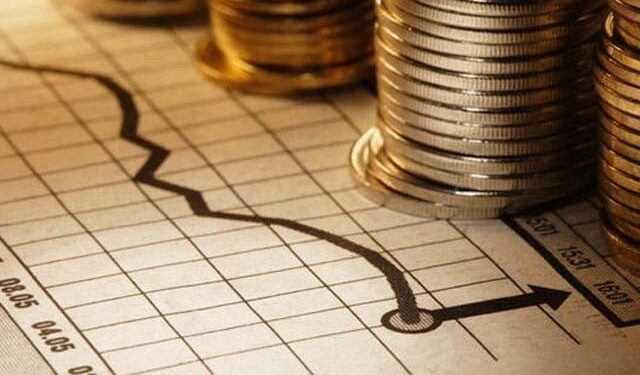KARACHI: Pakistan’s current account surplus reached a five-month high, with the current account surplus at $119 million in September, driven by growth in remittances, exports and IT exports.
A current account surplus for the second consecutive month has stabilized the rupee and boosted foreign exchange reserves, helping to cover imports and debt repayments.
According to data released by the State Bank, the current account deficit during July-September decreased by 92% to $98 million, which was $1.24 billion during the same period of the previous financial year, while on a monthly basis in September compared to August. The current account surplus has tripled to $119 million, from just $29 million in August.
Research Head Arif Habib Limited Tahir Abbas said that the significant increase in remittances has played an important role in maintaining the current account surplus for the second consecutive month, besides exports have also played an important role in achieving the current account surplus. According to statistics, remittances in September increased by 29% to $2.85 billion, which was $2.21 billion in September last year, and exports of goods increased by 19% to $2.65 billion, which was $2.44 billion in September last year. It was a dollar.
CEO, ABC, Khurram Shahzad said that the process of external account and macro de-risking is ongoing, due to which global investors are increasing confidence in Pakistan, we need to continue the process of structural reforms and business-friendly environment. On the other hand, there has been an increase in foreign investment in various sectors, including energy, finance and telecom sectors, and foreign investment in September was recorded at 385 million dollars with an increase of 81%, which is the same as last year. The year stood at $213 million in September, the highest level in the last three years, indicating that foreign investors’ confidence in Pakistan is increasing.
Thus, during the first quarter, foreign investment has reached the level of 771 million dollars with an increase of 48 percent, which was 520 million dollars during the same period of the previous fiscal year. According to the data, China is the most emerged as the largest foreign investor, investing $404 million during the first quarter, while Hong Kong came second with $99 million.

























